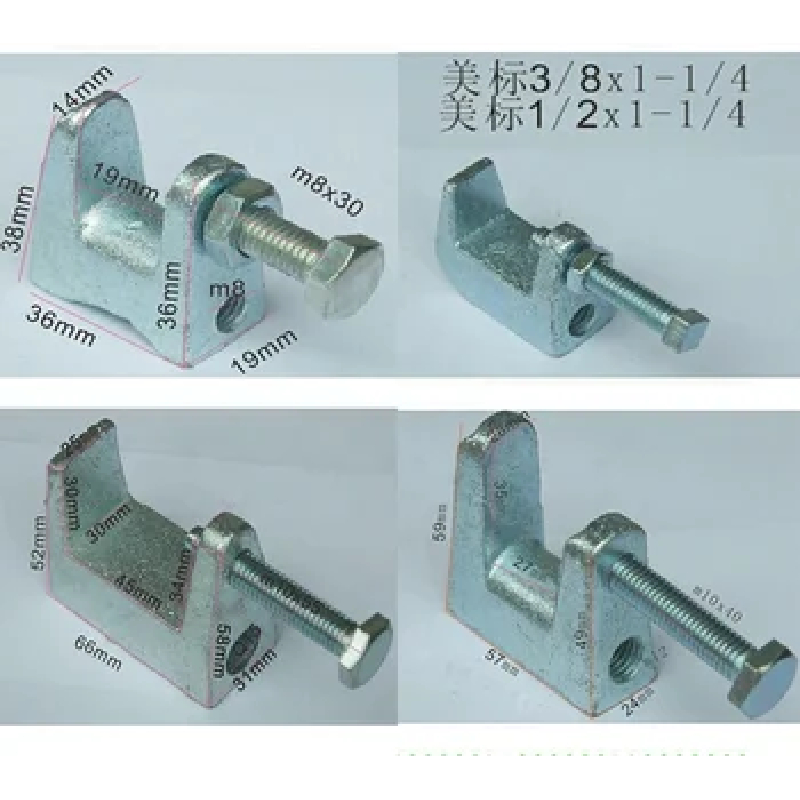Oct . 18, 2024 13:50 Back to list
Understanding the Uses and Applications of Pozidriv Screws in Various Industries
Pozidriv screws are a type of fastener that is widely used in various applications due to their enhanced design and functionality. They are an evolution of the traditional Phillips screw, offering several advantages that make them particularly useful in various industries, including construction, automotive, electronics, and general manufacturing. Understanding what Pozidriv screws are and their uses can help you appreciate their importance in modern assembly processes.
Firstly, the Pozidriv design features a distinct pattern that incorporates additional grooves, which gives it a more secure fit for the screwdriver. Unlike the Phillips screw, which can easily cam out—meaning the screwdriver slips out of the screw head under torque—Pozidriv screws provide a more reliable grip. This reduces the likelihood of stripping the screw and contributes to a more efficient and controlled driving process. The increased engagement provides a greater surface area for the screwdriver to mate with the screw, resulting in better torque transfer.
Pozidriv screws are identified by their + shape with additional lines radiating from the center, giving them a star-like appearance. This unique design is specifically engineered to enhance the torque capability, allowing for better performance in high-tension applications. They are typically used in situations where a secure and reliable fastening is crucial, such as in automotive assemblies or constructing household furniture.
.
In the realm of construction, Pozidriv screws have found widespread acceptance. The construction sector values efficiency and dependability, and Pozidriv screws deliver on both counts. Builders often use them for fastening drywall, securing framing connections, and installing roofing materials. The reduced risk of stripping when using a Pozidriv screw allows for quicker installations and less downtime, ultimately improving productivity on the job site.
what are pozidriv screws used for

Additionally, Pozidriv screws are heavily utilized in electronics manufacturing. Electronic devices require precise assembly to maintain functionality and aesthetics. Pozidriv screws are often used in assembling computer parts, televisions, and appliances. Their ability to provide a tight fit without the risk of damage to the component surface is crucial in these applications, where precision is paramount.
Another significant advantage of Pozidriv screws is their availability in various materials and coatings. They can be made of stainless steel, carbon steel, or even brass, depending on the specific application and environmental conditions. Furthermore, coatings like zinc or chrome can be applied to enhance corrosion resistance, making them suitable for outdoor use or in humid environments.
In terms of tooling, Pozidriv screws also offer a range of options, accommodating various screwdriver types. The most common are hand-held screwdrivers, power tools, and impact drivers. The versatility in tool compatibility makes Pozidriv screws suitable for both DIY enthusiasts and professional tradespeople.
In conclusion, Pozidriv screws serve as a practical, reliable, and efficient fastening solution in many applications. Their unique design reduces the chances of cam-out and stripping, making them suitable for demanding environments in automotive, construction, and electronics industries. With an array of materials and compatibility with various tools, Pozidriv screws continue to be a preferred choice, showcasing their significant role in modern assembly processes. Understanding their uses and advantages only emphasizes their importance in the world of fasteners.


